Culture & History

Faial has a rich history with connections to various parts of the world.
Since its settlement by the Flemish and Portuguese, Horta has been a mandatory port of call
in the Atlantic navigation routes connecting Europe to the Americas, Africa, and Asia
10 cultural experiences in Faial
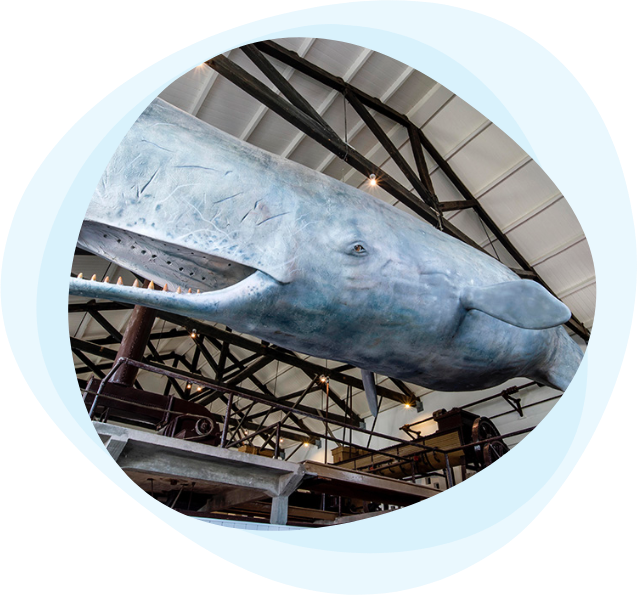

Visit the Porto Pim Whaling Station
Discover the history of whaling in Faial and the Azores. The museum shows us the equipment and instruments used in the whaling industry, as well as photos, illustrations, and documentary videos that reveal the importance of this activity for the economic and cultural development of the island in the 19th and 20th centuries. The museum is also an environmental awareness center, where you can find out more about marine ecosystems and the sea giants that populate the Azorean seas.
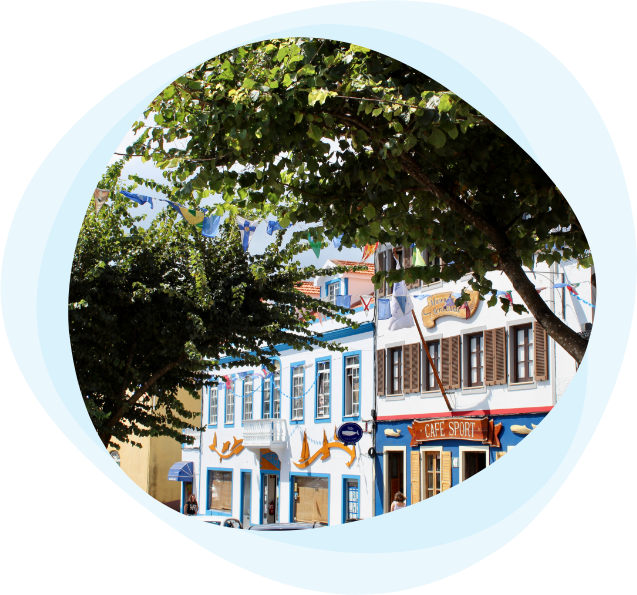

Spend the late afternoon at the historical cafés in Horta
There are two historical cafes that you can’t miss in the city of Horta:
Peter Café Sport is a legendary place with over 100 years of history. Since its establishment, it has become famous as a meeting place for sailors crossing the North Atlantic. It is one of the busiest and most iconic places on the island, and is also famous for its gin and tonic.
O Café Internacional, inspired by Art Deco style and a decoration that recalls the French Belle Époque and allows you to travel back in time to sense the eclectic and cosmopolitan atmosphere that existed in Horta in the first half of the 20th century.
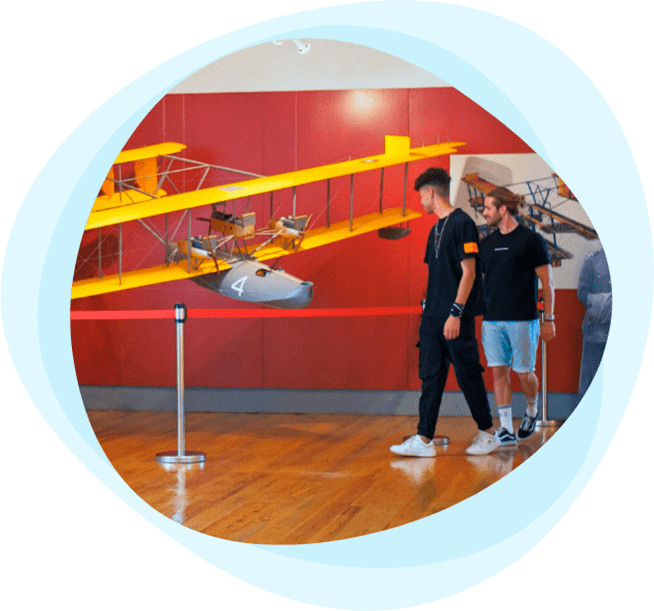

Visit the Horta Museum
Located next to the main church in the center of the city, Horta Museum brings together documents, images, and works of art that tell the history of the island and the city, with particular emphasis on the history of aviation and telecommunications. It has an important collection of sacred art and a unique collection of works in fig tree kernels, a traditional and sophisticated art form that is exclusive to this island. Discover here how a small island in the middle of the Atlantic ocean was, for centuries, a meeting point for cultures from the four corners of the world.
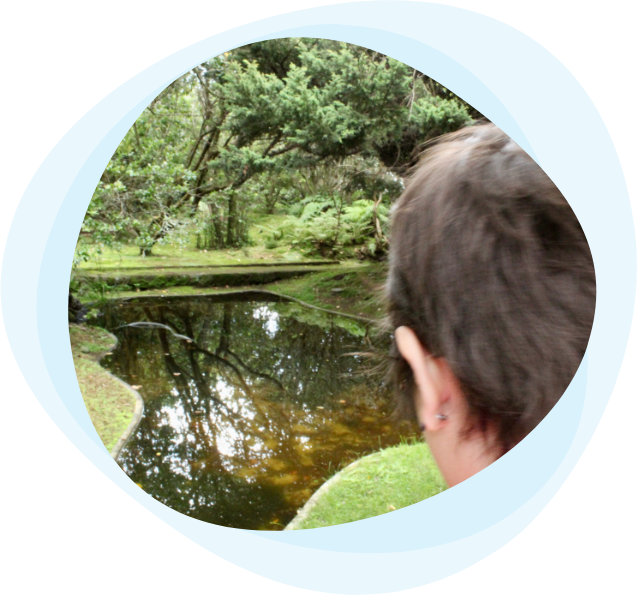

Visit the Botanical Garden
Faial’s Botanical Garden is one of the three botanical gardens in the Azores. Here you can discover the island’s wide variety of endemic species and stroll through an impressive orchidarium.
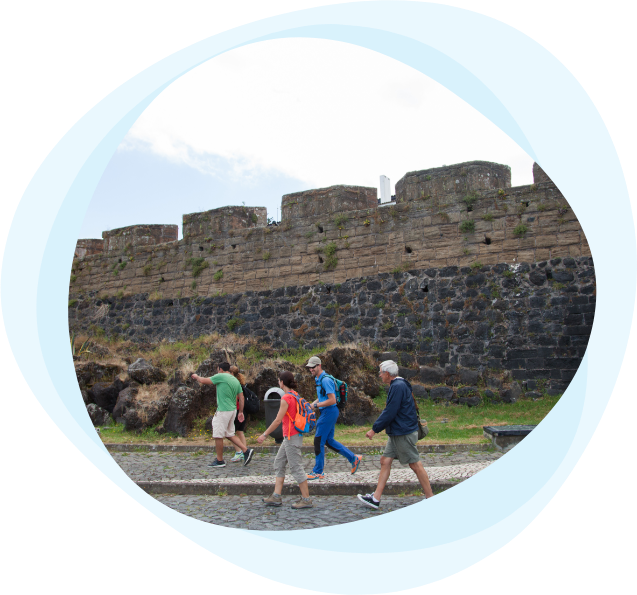

Take a guided tour around the City of Horta
Discover the historical streets and buildings of the city accompanied by a local guide who will reveal the secrets that made Horta an important Atlantic port city from the 17th century to the present day. Find out more about the city where Martinho da Boémia, inventor of the famous Nuremberg Globe, married and lived, and which, at the beginning of the 20th century, was one of the world’s main centers for submarine telegraph cables and a stopover for the first transatlantic seaplane flight, the famous NC-4, which connected the United States of America to Europe. The History of Horta is the History of the World!
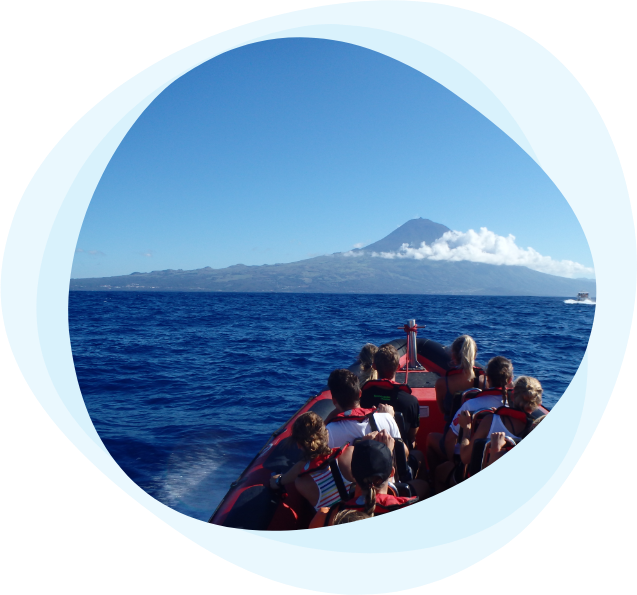

Whale Watching
Whale watching started in the Azores at the end of the 1980s and represented a paradigm shift in humankind’s relationship with these great cetaceans. After the extinction of whaling, which had been the main livelihood of many Azorean families since the mid-nineteenth century, a new way of looking at the sea and these incredible creatures emerged that allowed humankind’s relationship with the whale to continue, but this time through the promotion of knowledge, habitat conservation, and respect between species.
Today the Azores is known all around the world for its whale watching.


Guided tour around the island
By car, jeep or tuk-tuk, take a tour around the island with a local guide and learn about Faial’s culture, history, geography, and flora and fauna.
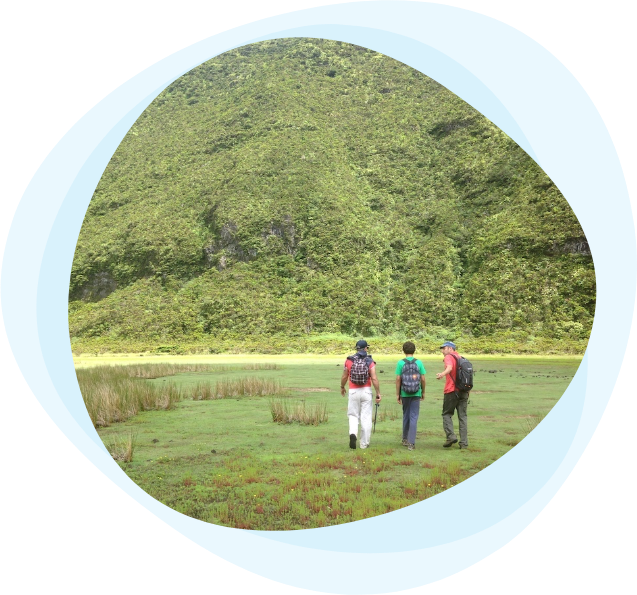

Guided Tour of Caldeira
Faial’s Caldeira is the crater left by the volcano that formed the island. Today, the interior of Caldeira is one of the most important nature conservation sites in the Azores and home to many endemic plants from the region. A guided tour of Caldeira, whether just to observe, walk the trail around the rim of the crater, or descend into its interior, offers a greater understanding of the geology, and flora and fauna of the Azores.
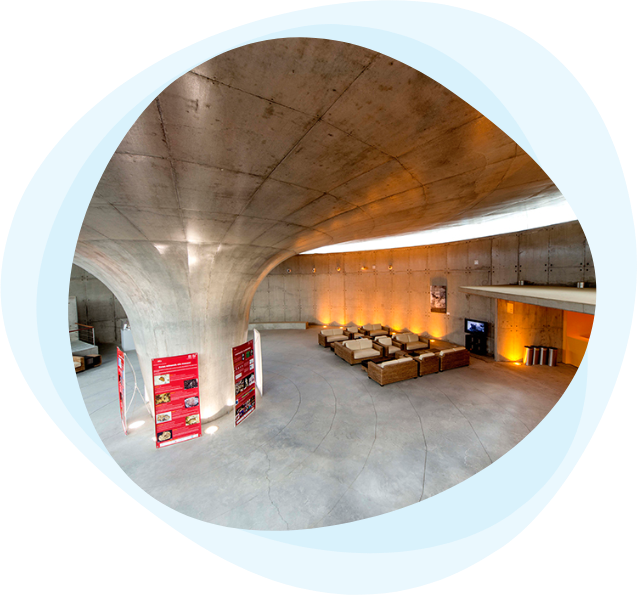

Visit the Capelinhos Volcano Interpretation Center
This is the most popular interpretation center in the Azores and was nominated the best museum in Europe by the European Museum Forum in 2012. The central building, designed in a contemporary style, is buried and was designed so as not to interfere with the natural landscape of the volcano and the old lighthouse. It contains exhibits on several themes, namely the eruption of the Capelinhos Volcano and the formation of the Azores archipelago, the different types of volcanic activity around the world, and the history of Azorean lighthouses. Don’t miss the opportunity to climb to the top of the lighthouse, where you can enjoy an extraordinary view of the landscape formed by the eruption.
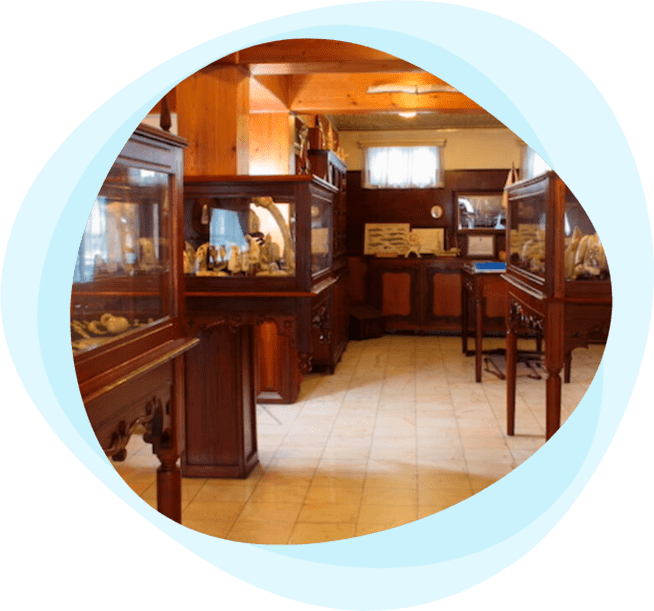

Visit the Scrimshaw Museum
Visit the largest private collection of scrimshaw in the world. This art form consists of whale teeth carved and engraved with the most diverse motifs by the skilled hands of whalers and other artists from the island.
Discover your Azorean Roots
Know MoreDiscover your Azorean Roots
If you are a descendant of Azoreans, discover the history of your ancestors, complete your family tree, and relive your family’s history.
Over the centuries, there have been several reasons why the Azorean people emigrated to other countries such as the United States, Canada, and Brazil. As frequently happens, some of the people who emigrated settled in those countries and never came back, while others returned to their islands of origin. Some of the families that left have maintained a connection for generations with the place they originally came from.
Nowadays, a growing number of people want to know more about their origins and it is very common among the descendants of Azoreans living in other countries to be interested in the history and the land of their ancestors. In their quest for knowledge, many come to Faial looking for more information that will allow them to better understand their family’s background and origins.
Some local institutions and companies can help with this goal of gathering more information about family trees, the places where their ancestors lived, and the origins of some traditions that have lasted until the present day within the emigrant communities:
Public Library and Regional Archive João José da Graça (Horta): In this Library and Regional Archive you can find important documentation to trace your family tree in the Azores. Its team is an example of dedication which is always willing to help those who want to know more about their origins.
Horta Civil and Land Registry Office: At the Registry it is possible to obtain birth, marriage and death certificates for your ancestors as well as land registry certificates.
Our Island: This tour company organizes personalized tours in which the client can find out more about his or her ancestry. Using information about their ancestors (names, birth dates, birth places, letters, etc.), the company conducts searches to discover the family home, birth certificate, history, or information about when and where a person’s ancestors lived before they left the island.







